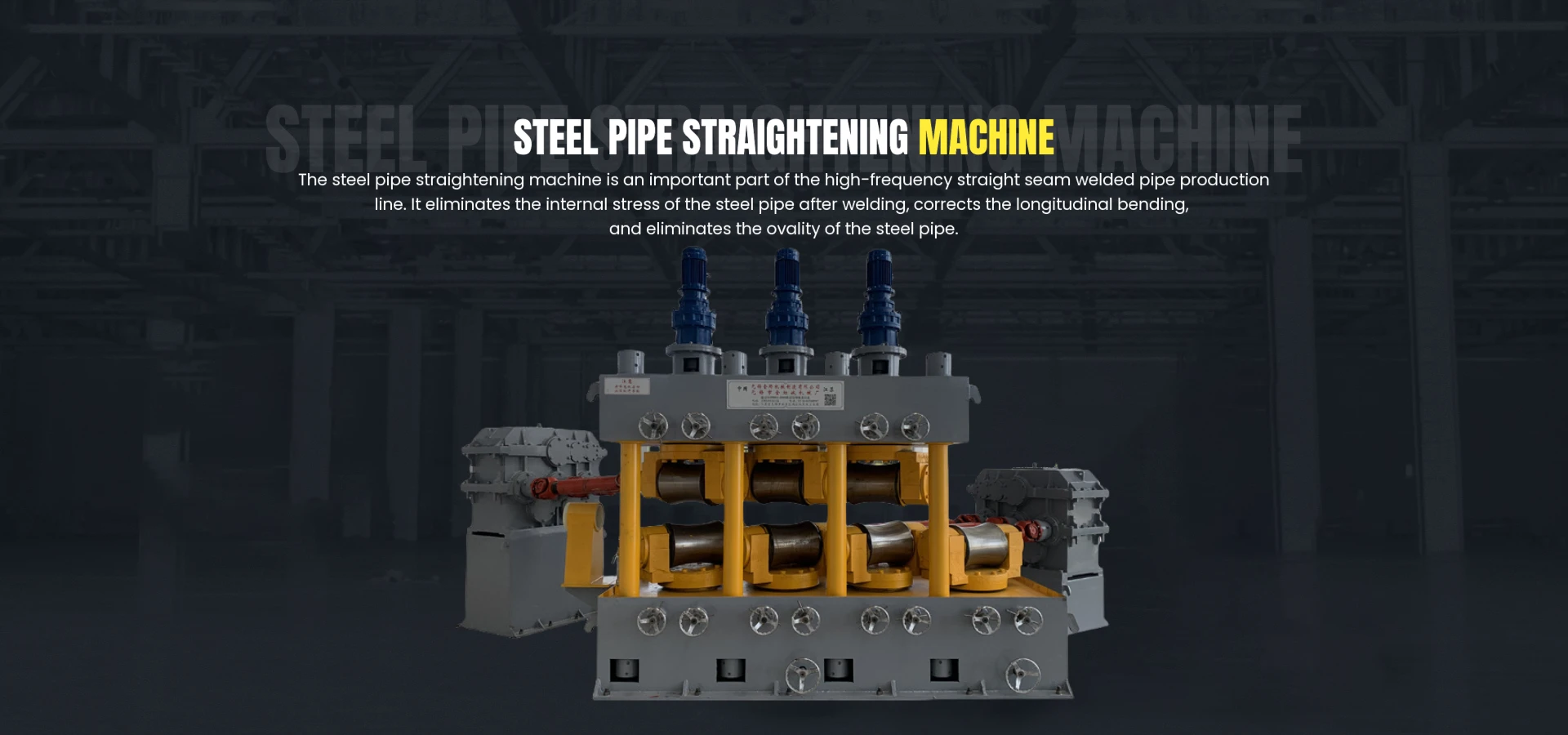roll forming machine cost
Understanding the Cost of Roll Forming Machines
Roll forming is a continuous bending operation in which a long strip of metal, usually in coil form, is fed through sequential pairs of roller dies to form a specific cross-sectional profile. This manufacturing process is widely used in various industries, including construction, automotive, and appliance manufacturing. Given the critical role roll forming plays in producing essential components, understanding the cost associated with roll forming machines is vital for businesses looking to invest in this technology.
Initial Investment
The cost of a roll forming machine can vary significantly based on several factors such as the machine's size, complexity, and production capacity. Typically, a standard roll forming machine can range from $20,000 to $200,000 or more. Entry-level systems designed for smaller operations may fall at the lower end of this spectrum, while high-capacity machines with advanced features, such as programmable controls and robotics, can escalate costs rapidly.
Investors should consider that the initial purchase price is only part of the equation. Additional costs such as tooling, installation, and training for operators must also be included in the overall budget. Tooling, which involves the dies that shape the metal, is a critical aspect of roll forming and can represent a significant upfront investment depending on the complexity of the desired profiles.
Operating Costs
Beyond the initial investment, businesses must factor in operating costs, which include labor, energy consumption, maintenance, and raw materials. Labor costs can vary based on location and the level of automation in the roll forming line. Automated systems typically require fewer operators, reducing labor costs in the long run, but they may increase initial investment.
roll forming machine cost

Energy costs also play a vital role in the overall expenditure. Roll forming machines are energy-intensive, and their energy consumption can vary depending on the speed of operation and the material being processed. Green manufacturing practices and energy-efficient machinery can help lower these ongoing costs.
Additionally, maintenance is an essential consideration when evaluating roll forming machine costs. Regular maintenance is crucial for ensuring the longevity and optimal performance of the equipment. Businesses should allocate a budget for routine maintenance and potential repairs, which could save significant expenses in unexpected downtimes.
Return on Investment (ROI)
When assessing the cost of roll forming machines, it is essential to consider the potential return on investment (ROI). A well-chosen roll forming machine can substantially increase production efficiency, reduce labor costs, and improve product quality. The ability to produce high volumes of parts quickly can lead to better market competitiveness and higher profit margins.
Additionally, roll forming allows for the creation of lightweight yet strong components, which is increasingly important in industries like automotive and construction where material efficiency matters. Companies may find that investing in more expensive, high-quality systems will pay off over time through reduced operational costs and enhanced production capabilities.
Conclusion
In conclusion, the cost of roll forming machines encompasses a variety of factors ranging from initial investment to ongoing operational expenses. Businesses should carefully evaluate their specific needs, production capabilities, and market demands when considering the purchase of roll forming equipment. By thoughtfully assessing both costs and potential returns, companies can make informed decisions that align with their long-term manufacturing strategies and goals. Understanding these dynamics is essential to harnessing the benefits of roll forming technology effectively, ensuring that investments contribute to sustainability and profitability in a competitive market.
-
High Frequency Straight Seam Welded Pipe Production Line-BzZhou Xinghua Machinery Equipment Manufacturing Co., LTD.|Precision Welding, High EfficiencyNewsJul.30,2025
-
High Frequency Straight Seam Welded Pipe Production Line|BzZhou Xinghua|Precision Welding&EfficiencyNewsJul.30,2025
-
High Frequency Straight Seam Welded Pipe Production Line - BzZhou Xinghua|Precision Engineering&EfficiencyNewsJul.30,2025
-
High-Frequency Straight Seam Welded Pipe Production Line-BzZhou Xinghua Machinery Equipment Manufacturing Co., LTD.NewsJul.30,2025
-
High-Frequency Straight Seam Welded Pipe Production Line-BzZhou Xinghua Machinery Equipment Manufacturing Co., LTD.|Precision Manufacturing, High EfficiencyNewsJul.30,2025
-
High Frequency Straight Seam Welded Pipe Production Line-BzZhou Xinghua Machinery Equipment Manufacturing Co., LTD.|Precision Steel Pipe Manufacturing&Industrial EfficiencyNewsJul.29,2025


